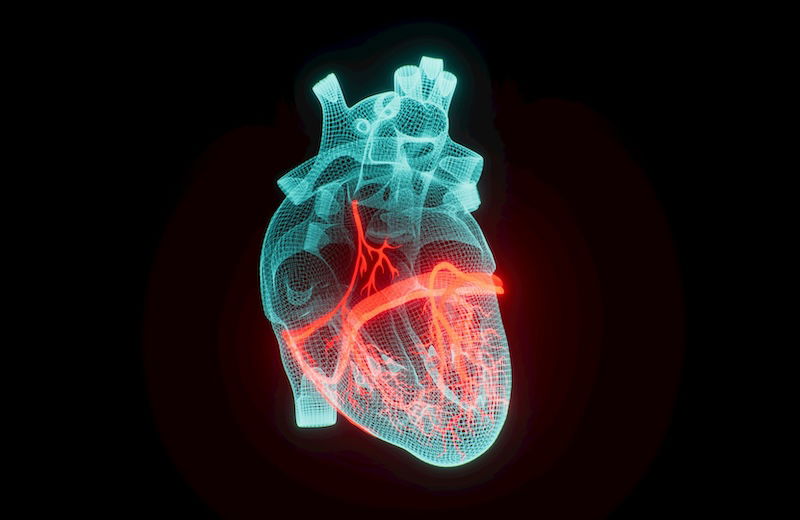
So, with my thoughts established, I want to demonstrate how things are done now. Take a proverbial walk with me for a second and let’s see how things work in mathematics and science.
When teachers begin educating a child in mathematics, they usually start with simple counting and arithmetic. This turns to algebra, geometry, and trigonometry. Then comes pre-calculus, calculus, multivariate calculus, and differential equations.
For general science, on the other hand, children begin developing basic critical thinking based on what they observe. As they question the natural world and develop their curiosity and ideas, they become more amenable to receiving answers to their questions in the form of general science. This, eventually, develops into biology, chemistry, physics, and earth sciences. Next, divisions of those categories result, such as physiology, anatomy, genetics, organic chemistry and geology.
But then something interesting happens: mathematics, which, originally, was built as a tool for the sciences, returns home and combines with the sciences. This results in the specialties of the modern era, such as engineering and quantum mechanics. And guess what? These have their own disciplines, such as mechanical, electrical, computer and biomedical engineering and theoretical physics.
As science grows, there is no reason to doubt that more disciplines will be created. There is beauty in the sequential branching of easier subjects into harder ones…but does that sound like “order” to you? In our current convention, many might answer that it does seem ordered. But, without a doubt, this lineup of classes is intimidating, especially to someone without that much interest or motivation.
“Developmentally Appropriate Practice”
While science is implicitly hard to teach due to its own depth, its even harder to learn because what was once simple in elementary school magnifies in difficulty by the time one is in college. However, as I said in the beginning, science is naturally difficult. We should not be shying away from difficulty and avoiding the education of complex scientific content. But, when we’re educating children, we do. And that’s a problem.
Specifically, the problem is not the start of science education, where children build critical thinking skills. Here, a child’s natural curiosity and hunger to know new things extends a proverbial baton to any educator. The problem is the inflexible curricula used to teach them.
Curricula before and including the Next Generation Science Standards are based on the belief that a child’s cognition develops in specific stages. “At this age, a student should know this”, “in this grade, students can learn that”. In other words, the argument that informs our current convention is that children can’t learn certain things because they are “not developed enough” to learn those things until, suddenly, they are developed enough – the phenomenon known as “developmentally appropriate practice” (DAP).
Adhering exclusively to DAP, I believe, is a grave underestimation of children and factually wrong. Research by cognitive scientist Daniel Willingham finds that children do not learn in discrete stages. That is, a child doesn’t suddenly attain the ability to understand something according to their age. There is far more variability than that. For example, a child can understand something on one day and not understand it the next. Furthermore, for topics they do understand, they might provide many different explanations. This means, any method of teaching that is inflexible risks a significant percentage of children missing out on the learning process. It also means that children have far more potential than is appreciated.
In moving away from a strict, developmentally appropriate practice, we can introduce more complexity. My sentiments are mirrored in Willingham’s research: there is no content that is inappropriate for a child to learn. In fact, there are multiple reasons that a child may not understand something, not just difficulty, as many today might think. Given the necessary background knowledge or the proper presentation, then there isn’t anything that a child can’t learn (Willingham, 2008, p. 39).
Children are the Key
So, why am I emphasizing childhood education so much? Because children seek an intellectual challenge rarely seen in adults. However, as children grow, the quality of their education and whether they see real-life relevance in what they’re learning can make or break how they look at science as teenagers and adults. In the cases where the education does not adequately meet the challenge they seek or they see science as irrelevant toward their personal development as they grow into adolescence, interest in science naturally declines (Potvin & Hasni, 2014, p. 787).








Leave a Comment